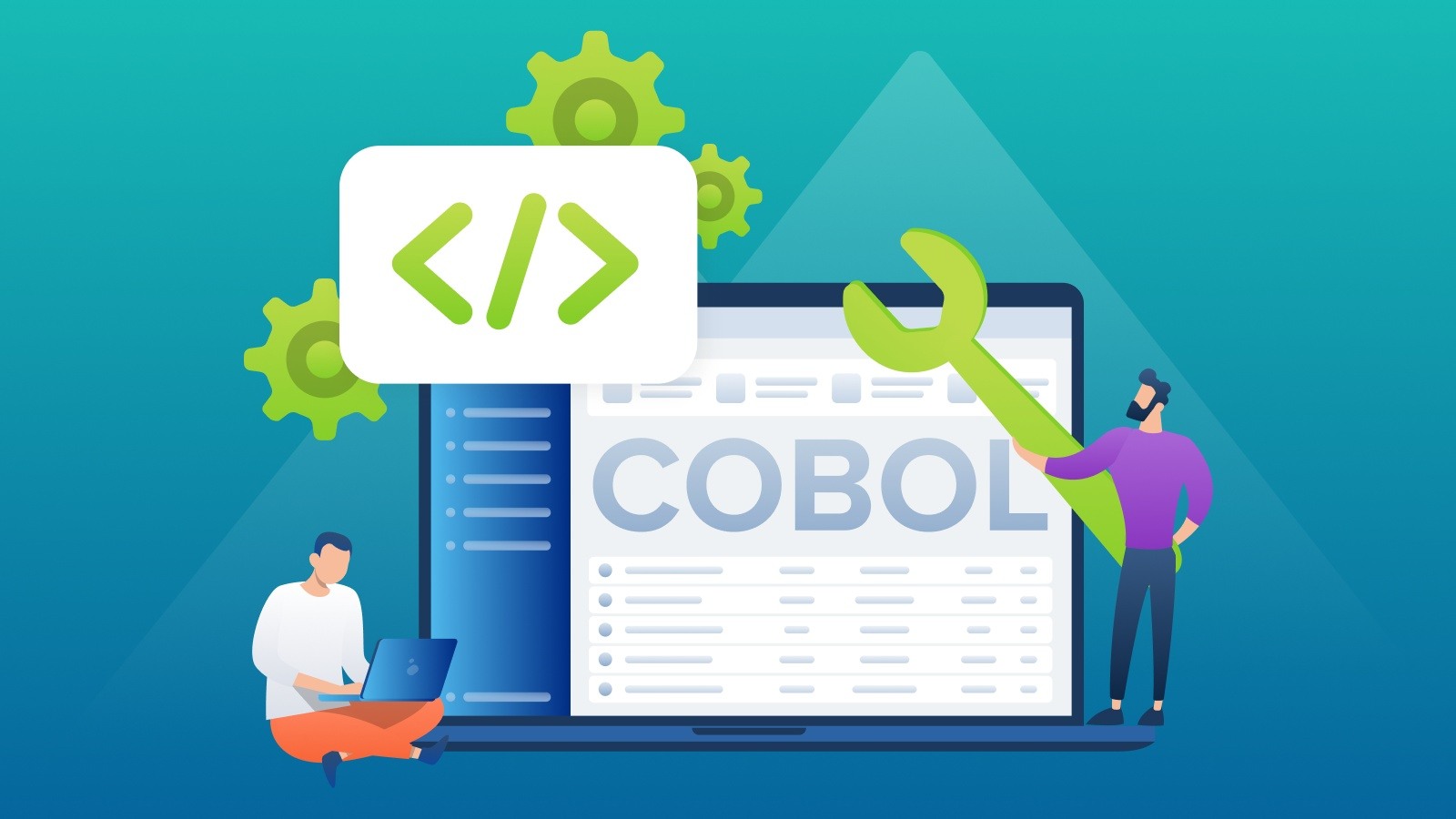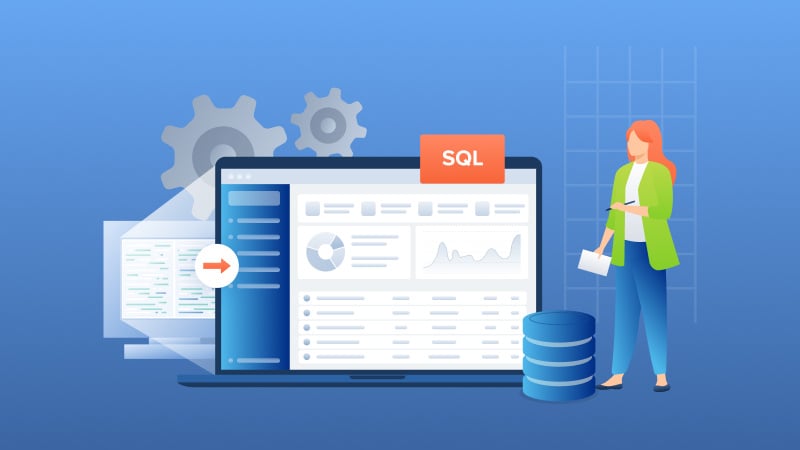Why Migrate from Btrieve to PostgreSQL and other Relational Databases?
Introduction Many independent software vendors (ISV) and corporate users still rely on applications that use a category of database collective called...
3 min read
 Riaz Merchant
:
Oct 18, 2024 9:21:56 AM
Riaz Merchant
:
Oct 18, 2024 9:21:56 AM

COBOL applications are the foundation of numerous essential business functions, especially within the banking, insurance, and government sectors. Companies using COBOL seek to update their outdated applications by transitioning from ISAM (Indexed Sequential Access Method) databases, like Btrieve, to contemporary relational databases, such as MS SQL, Oracle, and PostgreSQL.This transition is often critical to broader application modernization efforts to align with modern IT infrastructure.
While the benefits of migrating from COBOL databases on ISAM systems to relational databases are significant—such as improved scalability, better data access, and enhanced reporting—the process comes with challenges. In this blog, we will delve into four significant hurdles companies encounter during this migration and emphasize the importance of careful planning to ensure a seamless transition.
This blog is designed for users running COBOL on Windows with Btrieve and Pervasive transactional engines.

Dealing with complex data structures is one of the most significant challenges in migrating COBOL applications to a relational database. COBOL applications often use non-standard data types and structures that do not easily align with the relational model used by modern SQL databases. For example, COBOL's REDEFINES clause allows different data fields to share the same storage space, which is a useful tool in the COBOL environment but creates problems when mapping data to SQL.
In addition to REDEFINES, COBOL programs can use nested records, arrays, and multi-level data structures that do not have direct equivalents in a relational database. Converting these structures into SQL’s table-column model requires careful planning to ensure that no data is lost or corrupted during the migration.
Maintaining data integrity and consistency is crucial during the migration process. In an ISAM database like Btrieve, data is stored in a flat file system, and access methods are designed around sequential reads, writes, and indexed access. This model contrasts with the relational model of SQL databases, where data is stored in tables with defined relationships, primary and foreign keys, and constraints to ensure data integrity.
The challenge here is twofold:
Data Mapping: Accurately mapping data from ISAM to a relational structure can be complex, as it involves converting flat-file data into normalized tables while preserving the relationships between records.
Consistency: During the migration, it's essential to ensure that no data is lost, duplicated, or altered. Migrating from one database type to another while keeping track of dependencies, key relationships, and constraints requires robust validation and testing processes to ensure that the data remains consistent and accurate.
Without careful attention, a poorly executed migration can lead to data corruption or loss, which could result in significant business disruptions.
COBOL applications often support mission-critical operations such as financial transactions, inventory control, and customer data processing. As such, any migration process needs to ensure that the business can continue to operate with minimal disruption.
Migrating from an ISAM database to a relational database can involve downtime, and extended interruptions can be costly and disruptive to operations. The challenge is to maintain business continuity during the migration process. This requires a detailed plan that includes:
Staging the migration in phases: Rather than attempting a "big bang" migration, it is often most effective to migrate data in phases, ensuring that each part of the system is tested and verified before moving on to the next.
Parallel running: In some cases, organizations may need to run the COBOL application with both the old ISAM database and the new SQL database in parallel to verify that the migration has been successful and that no functionality has been lost.
Rollback procedures: A clear rollback plan in case something goes wrong during the migration is essential to avoid extended outages.
Careful planning around business continuity will help ensure the migration is smooth and has minimal impact on daily operations. As businesses increasingly adopt application modernization trends, maintaining uptime and minimizing disruptions is crucial.

Source: COBOL Developer Statistics Report by ALCOR
COBOL applications are often tightly integrated with other legacy systems, which means that changing the database backend from ISAM to a relational database can have far-reaching consequences across the IT environment. Integrations that depend on the specific access patterns of ISAM databases may need to be reworked or replaced entirely.
For example, COBOL applications that use direct file access must be updated to interface with the new relational database. This often requires modifying the COBOL code to use SQL queries or adding middleware that bridges the gap between the COBOL application and the relational database. This can be particularly challenging in environments where the COBOL source code has been heavily customized, or documentation is lacking.
Additionally, other systems, such as reporting tools, data warehouses, or external applications, may rely on the data stored in the ISAM database. Migrating ISAM database to SQL requires ensuring that all these integrations continue to work as expected after the migration. For more information on how to tackle these challenges, refer to our guide on Legacy Application Modernization.
Migrating COBOL applications from ISAM databases to relational databases is a complex process, but it is a necessary step for companies looking to modernize their IT infrastructure. By addressing the challenges of complex data structures, data integrity, business continuity, and legacy code integration, businesses can unlock the benefits of SQL databases, such as improved scalability, data access, and reporting capabilities.
With the right tools and careful planning, companies can ensure a smooth migration that preserves the functionality of their COBOL applications while future-proofing their IT systems.
Learn more about Mertech's COBOL database modernization solutions.

Introduction Many independent software vendors (ISV) and corporate users still rely on applications that use a category of database collective called...

COBOL applications are the foundation of numerous essential business functions, especially within the banking, insurance, and government sectors....

Imagine breaking free from the constraints of old, monolithic systems and embracing the agility and innovation of cloud-based solutions.